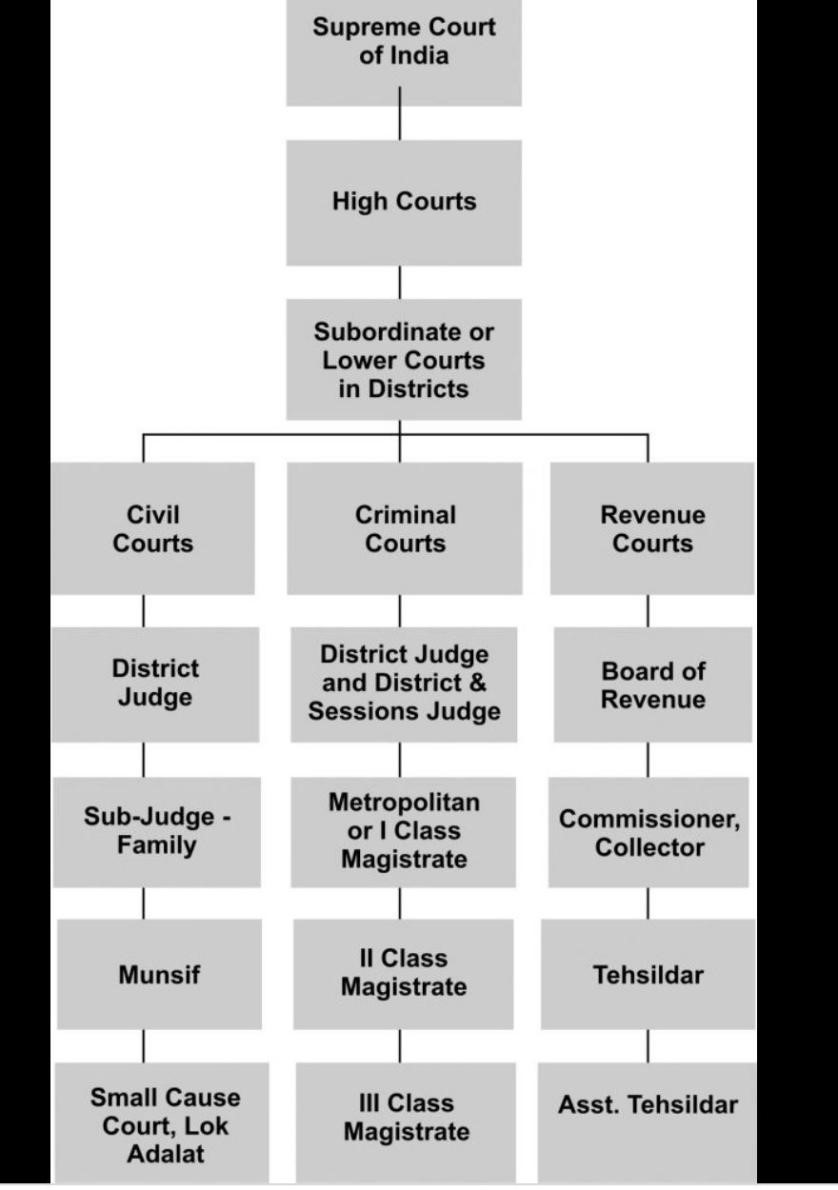7667766266
enquiry@shankarias.in
Mains: GS – II – Polity & Governance | Judiciary
Why in news?
A Constitution Bench of the Supreme Court of India has recently linked the sense of stagnation in the subordinate judicial service to prolonged litigation and the huge pendency in India’s courts.
What is the structure and role of the judicial system in India?

What are the issues that hinders the efficiency of lower courts?
|
What need to be done to improve the working of lower judiciary?
Reference
The Hindu | Lower judiciary — litigation, pendency, stagnation